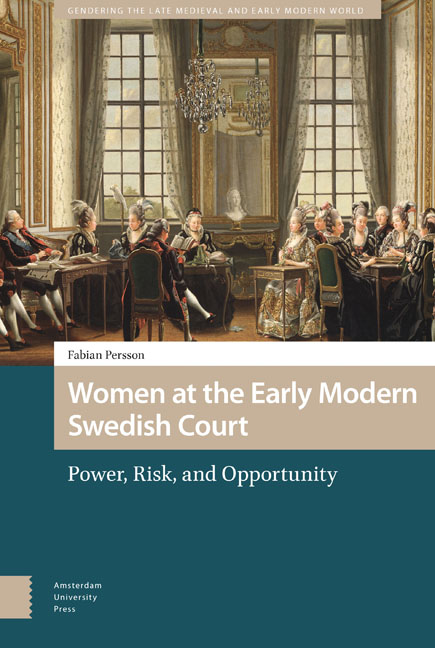Summary
Abstract
It should be noted that Maria Eleonora's performance as her husband's devoted widow was neither acknowledged nor appreciated by the Swedish elite. In memorialising Gustaf II Adolf she primarily celebrated their marriage rather than the dynastic function of that marriage. A more successful strategy was deployed by Charles X's Queen Dowager, Hedvig Eleonora. For Hedvig Eleonora, her son Charles XI was present in her memorialisation of Charles X in a way in which Queen Christina was not in Maria Eleonora's portrayals of Gustaf II Adolf. Hedvig Eleonora preserved the memory of her husband but also the image of her son – the future of the dynasty.
Keywords: widowhood, Queen Dowager, Artemisia, memory
When the body of King Gustaf II Adolf was dissected, the throng was so great that the apothecary Casper Kenig had to ask the Court Marshal Craylsheim to expel some of the spectators from the room. A king had to be prepared to be gawked at even after death, though in November 1632 the battle over the King's body had only just begun. Within months the jostling around his body would turn into a bitter struggle for control of the corpse. In the autumnal darkness in the little German town of Weissenfels, attention was thus far focused on trying to preserve the badly damaged royal remains. After Kenig had opened the body, the viscera and heart were removed. The body was stuffed with herbs and spices, while the viscera were buried beneath the floor of one of the churches in Weissenfels. The heart was weighed and placed in a box inside the church.
Early modern widows often remarried, but this did not apply to royal widows. They represented dynasties and power, and a second husband was often viewed as an unwelcome intruder, and could pose a very real political threat, as Margaret Tudor's remarriage in Scotland demonstrated: factions and political realignments could threaten a country's stability as new royal relatives coalesced around a queen dowager and her new spouse. An analysis of a number of royal widows in a German principality indicate that remarriage was rare. The last royal widow in Sweden to remarry was Dorothea, who married her husband's successor Christian I in 1449.
- Type
- Chapter
- Information
- Women at the Early Modern Swedish CourtPower, Risk, and Opportunity, pp. 265 - 286Publisher: Amsterdam University PressPrint publication year: 2021

